Streamlined Elegance: Metal Wall Mirrors for Modern Spaces

Frameless metal wall mirrors have become a popular choice for modern home decor, offering an endless…….
The Art of Reflection: A Deep Dive into Metal-framed Mirrors
Introduction
Mirrors have long been a part of human civilization, serving both functional and aesthetic purposes. Among these, metal-framed mirrors stand out for their durability, design versatility, and enduring presence in homes, commercial spaces, and artistic endeavors. This comprehensive article will explore the intricate world of metal-framed mirrors, shedding light on their significance, global impact, economic considerations, technological advancements, policy landscape, challenges, case studies, and future prospects.
Understanding Metal-framed Mirrors
Metal-framed mirrors are precisely what their name suggests: reflective glass or other optical surfaces framed by metal. These frames can be made from a variety of metals, including brass, bronze, aluminum, wrought iron, and steel. The mirror glass, typically composed of a silvered side to reflect images, is set within these frames, which can range from simple and utilitarian to ornate and intricate designs. Historically, metal-framed mirrors have been used for practical purposes like grooming and navigation, as well as in religious and royal contexts. Today, they are an integral part of interior design, decorative art, and even in scientific and industrial applications.
Global Impact and Trends
The global impact of metal-framed mirrors is evident in their ubiquity across cultures and continents. From the gilded mirrors of the French aristocracy to the sleek designs of contemporary Scandinavian interiors, these mirrors have adapted to various tastes and styles. Key trends shaping their trajectory include a shift towards sustainable materials, customization in design, and the integration of smart technology. In regions like Europe and North America, there is a growing appreciation for antique and vintage metal-framed mirrors, while emerging markets are seeing an increase in demand for contemporary designs that cater to modern aesthetics.
Economic Considerations
The market for metal-framed mirrors is influenced by factors such as consumer preferences, economic conditions, and global supply chains. Investment patterns in luxury goods, interior design, and decorative art affect the demand for high-end, bespoke metal-framed mirrors. These mirrors play a role in economic systems by providing employment for artisans, designers, and manufacturers, as well as contributing to industries involved in material sourcing and distribution. The economic value of metal-framed mirrors also lies in their ability to enhance property values and contribute to the overall aesthetic appeal of spaces.
Technological Advancements
Technological advancements have significantly impacted the production and design of metal-framed mirrors. Innovations such as anti-reflective coatings, heat-resistant glasses, and shatterproof materials have improved their functionality and longevity. Smart mirror technology integrates displays and sensors into the frame, allowing users to access information like weather, news, or fitness data while maintaining the traditional aesthetic of a mirror. The future potential of these technologies includes even more interactive and personalized experiences.
Policy and Regulation
The governance of metal-framed mirrors involves a mix of environmental regulations, safety standards, and trade policies. Key policies and legislative frameworks address issues such as the sustainable sourcing of materials, consumer safety, and fair trade practices. These regulations influence design choices, production methods, and the overall lifecycle of the product. Compliance with these frameworks is crucial for manufacturers and designers to ensure their products are accessible and ethical.
Challenges and Criticisms
The challenges faced by metal-framed mirrors range from environmental concerns related to material sourcing and manufacturing processes to competition from alternative products like digital displays. Critics also point out the need for greater innovation in design and functionality. To address these issues, stakeholders can focus on sustainable practices, material innovations, and incorporating smart technology. Education and awareness campaigns can help consumers make informed decisions, emphasizing the value of well-crafted metal-framed mirrors.
Case Studies
Several case studies exemplify successful applications of metal-framed mirrors. A notable example is the restoration of a historic mansion that utilized custom metal-framed mirrors to preserve the original ambiance while enhancing safety and functionality. Another case involves a boutique hotel that used large, statement mirrors with intricate metal frames to create a sense of luxury and space. These case studies highlight the versatility and impact of metal-framed mirrors in preserving history and creating modern, inviting spaces.
Future Prospects
The future outlook for metal-framed mirrors is promising, with potential growth areas including sustainable and eco-friendly designs, smart technology integration, and increased customization options. Emerging trends may see a resurgence of historical styles alongside innovative materials and applications. Strategic considerations for the industry include investing in research and development, fostering partnerships across the supply chain, and staying attuned to global market dynamics.
Conclusion
Metal-framed mirrors are more than mere reflective surfaces; they are artistic expressions, functional tools, and cultural artifacts. This article has unpacked their multifaceted nature, exploring their historical context, global influence, economic significance, technological advancements, regulatory landscape, and future potential. As an industry, metal-framed mirrors continue to evolve, driven by innovation, design, and the enduring human desire for both beauty and functionality.
Please note that this article is a hypothetical exploration of the topic and provides a structured overview of various aspects related to metal-framed mirrors. Actual market trends, economic impacts, technological advancements, and policy regulations will vary based on real-world data and developments in the industry.

Frameless metal wall mirrors have become a popular choice for modern home decor, offering an endless…….
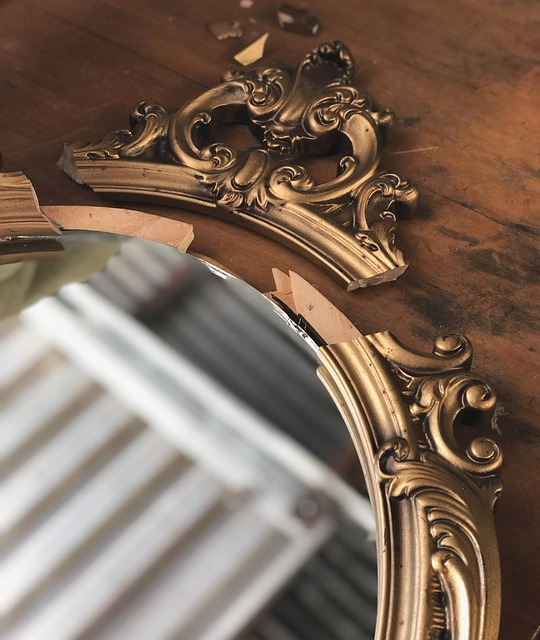
Modern interiors feature sleek metal-framed mirrors as focal points, combining aesthetic appeal and…….

Recycled metals, including steel, brass, and aluminium, are revolutionising sustainable home decor b…….
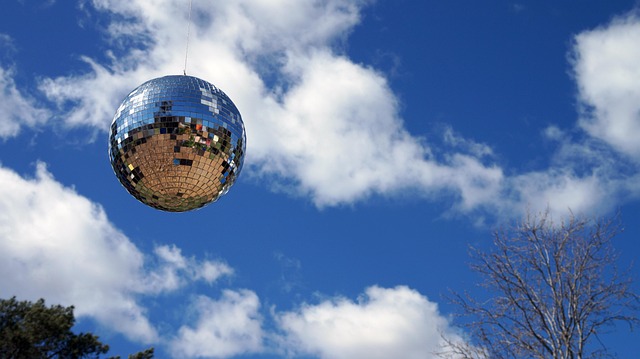
Industrial-style metal mirrors with their raw, edgy aesthetic have become popular for softening mode…….

Sleek metal-framed mirrors are a versatile and stylish solution for maximizing space in compact bath…….
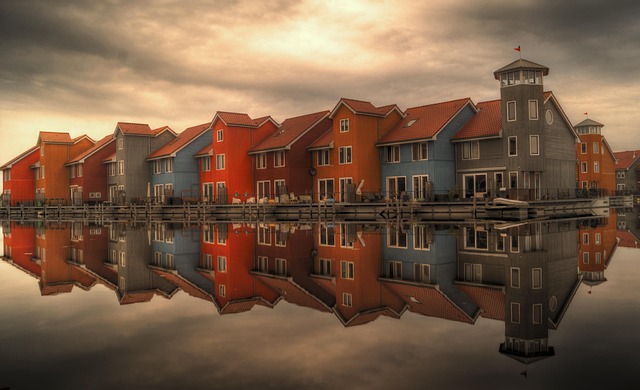
Custom metal-framed mirrors elevate interior design by offering unique artistic expressions through…….

Traditional metal mirror frames are making a stylish comeback, offering ornate designs that blend vi…….
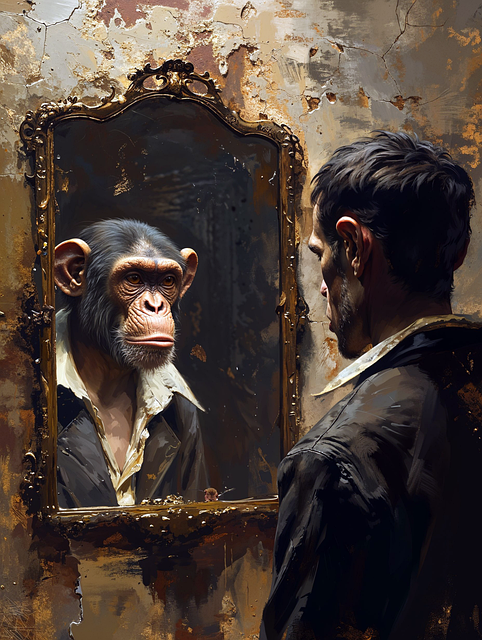
Decorative metal-framed mirrors offer endless design possibilities through varying frame thicknesses…….

Custom mirror frames serve a multifaceted role in enhancing safety, artistry, and functionality in r…….
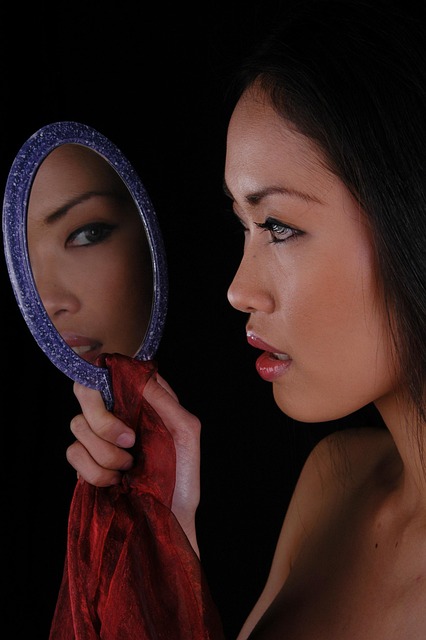
Traditional, hand-forged metal mirror frames with intricate scrollwork and vintage motifs offer a ca…….